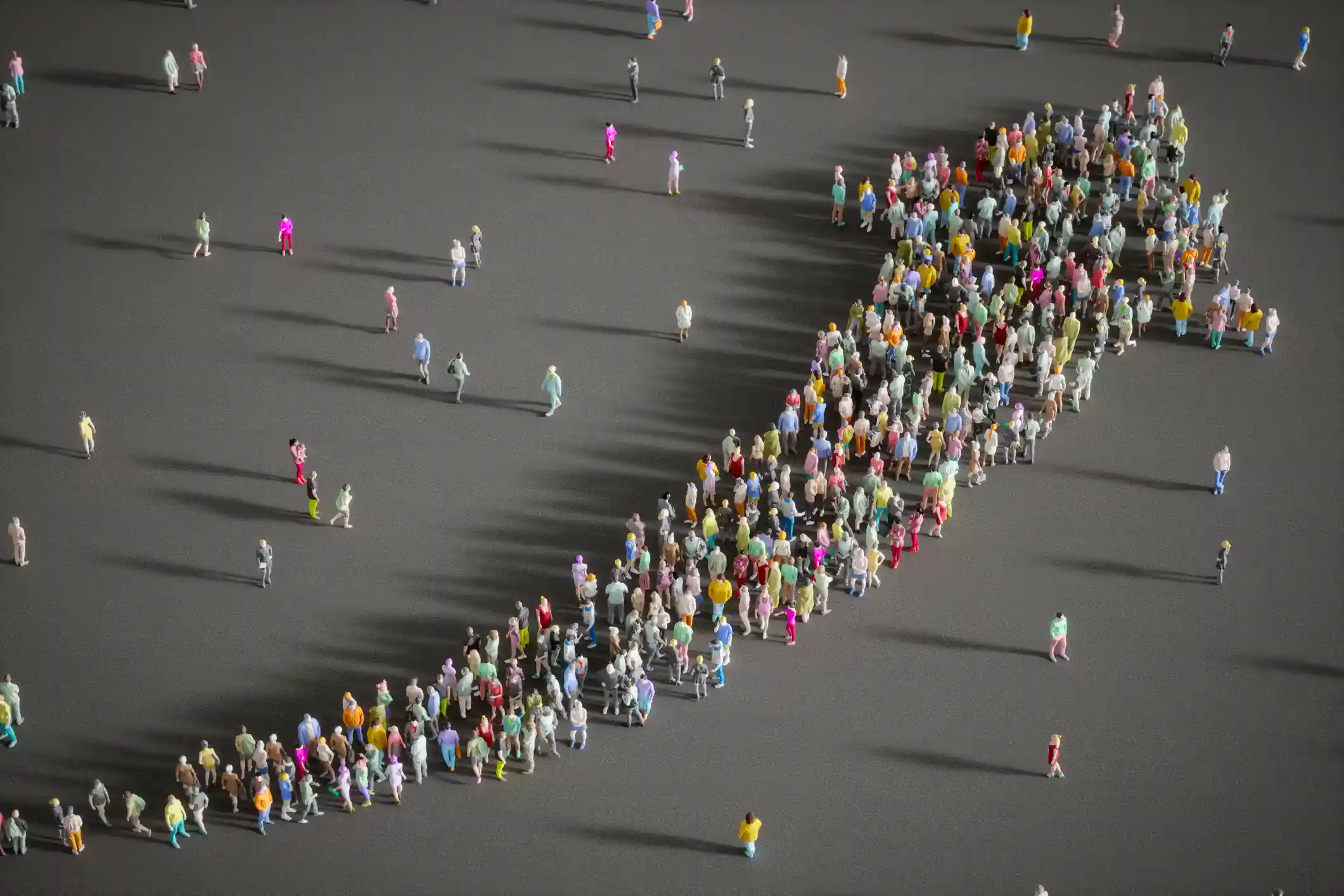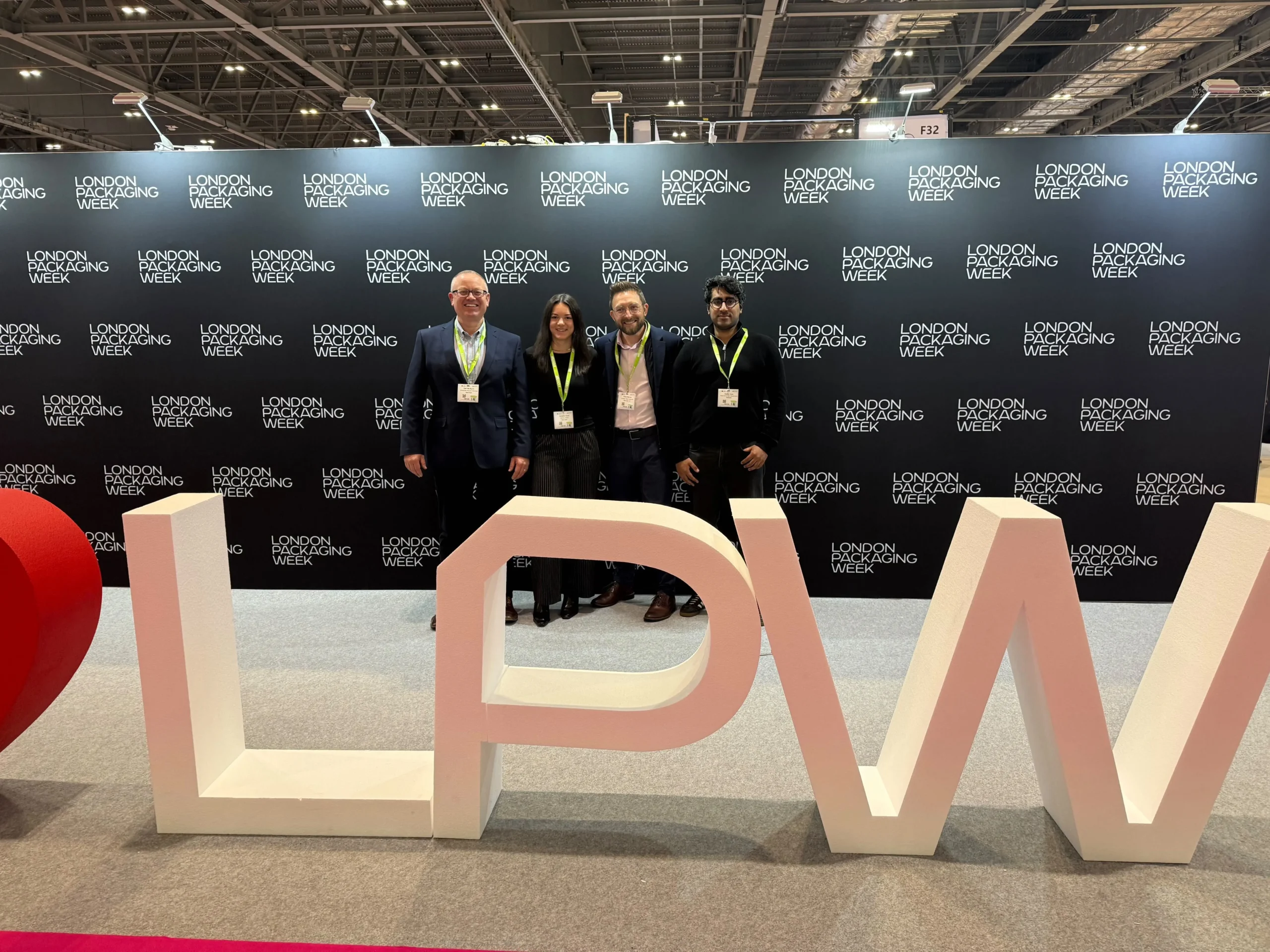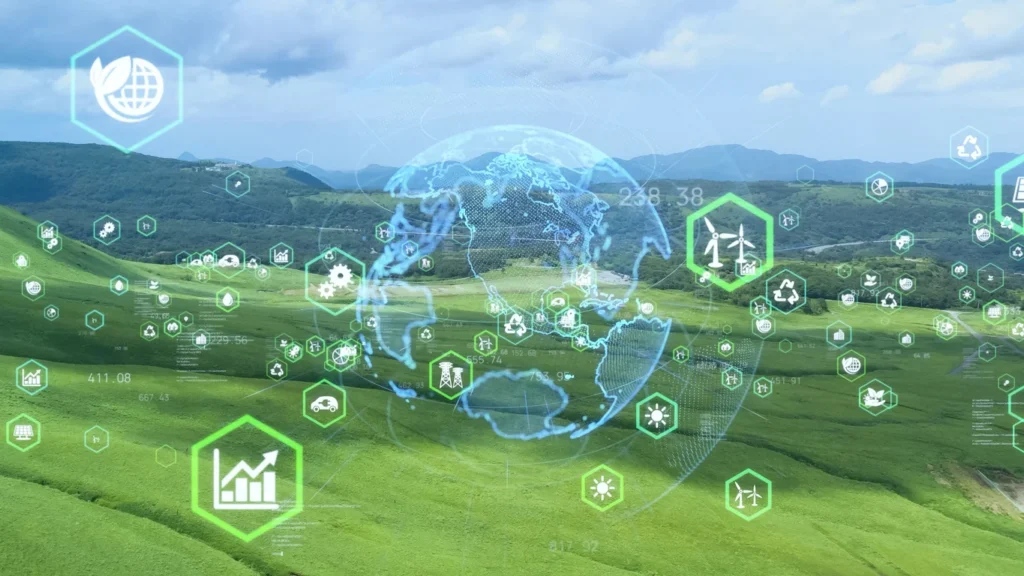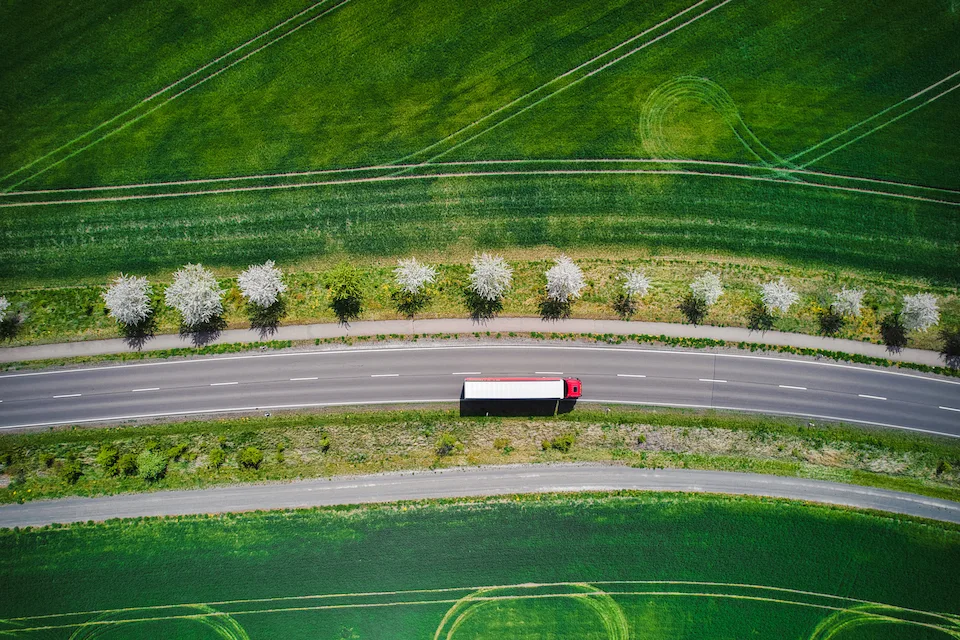
Driving Sustainable Packaging Initiatives with Specright
Sustainability is no longer a nice-to-have. It’s a critical business initiative that companies across industries need. Across the US and internationally, regulations are rising when it comes to sustainability. From Extended Producer Responsibility (EPR) to the Sustainable Packaging Coalition (SPC), regulatory bodies are doubling down when it comes to what is expected of businesses. How is your company rethinking its sustainable packaging strategies? The time to act is now, before it’s too late.
The Role of Specification Management in Sustainability
In order to meet these rising regulations and sustainability demands, it is important that companies stay on top of their packaging data and specifications. With Specright’s purpose-built Specification Data Management (SDM) platform, companies can track product and supplier sustainability data Year Over Year (YoY), conduct product Life Cycle Assessments, and generate ESG and Scope 3 emission reports at the click of a button.
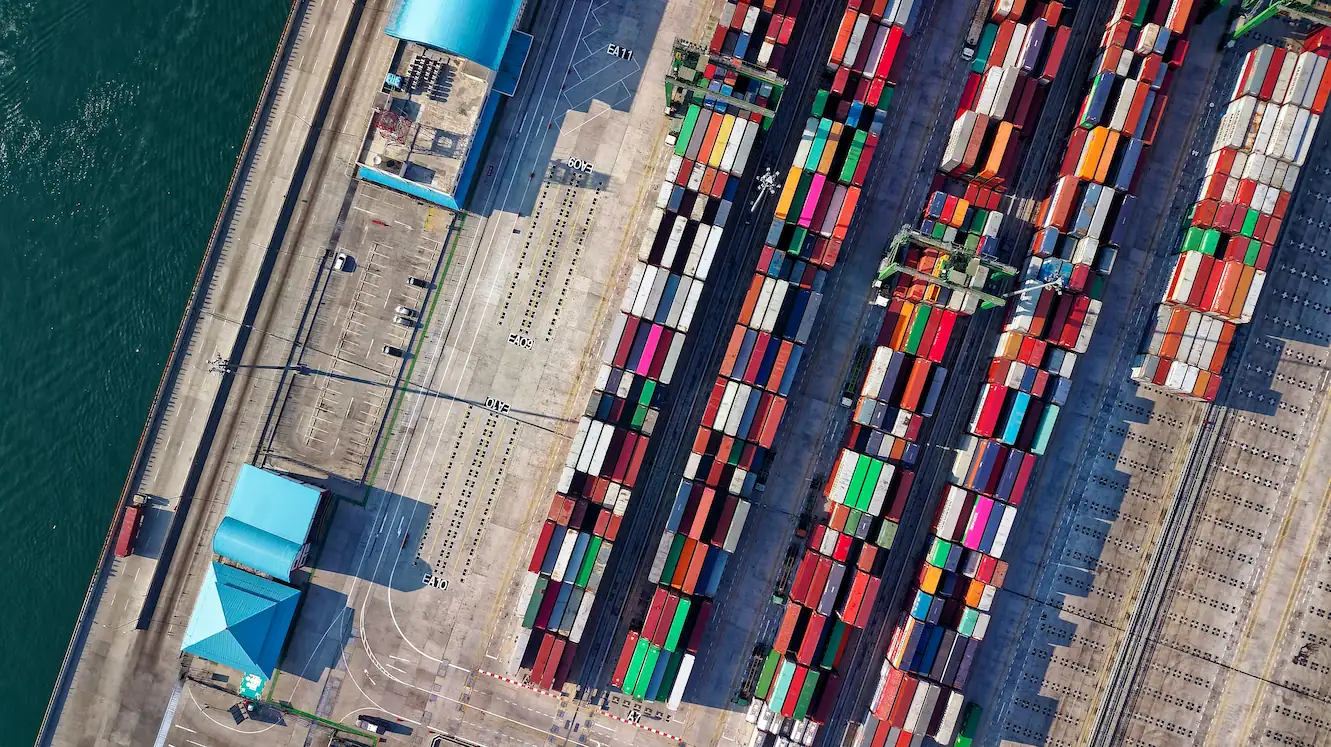
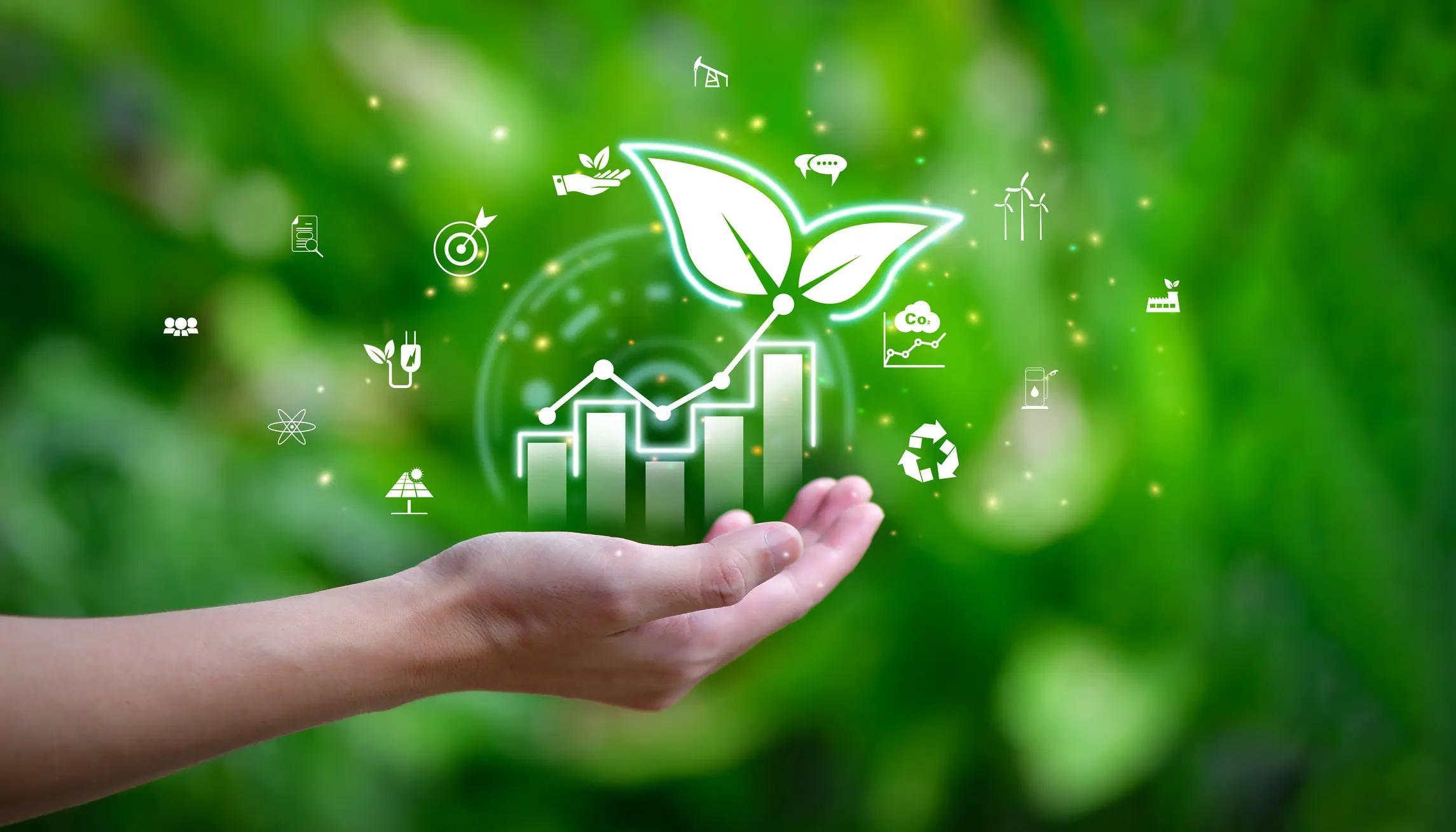
Streamlining EPR Reporting through Collaboration
Specright created the Sustainable Packaging Data Council (SPDC), a collective uniting leading brands, retailers, technology partners, nonprofits, and academia with one shared mission: to harmonize data and accelerate packaging sustainability.
As Extended Producer Responsibility (EPR) legislation rapidly expands across the United States, alongside other sustainability regulations such as the EU’s PPWR, the SPDC is helping organizations prepare by developing a standardized U.S. EPR data requirements framework, with PPWR templates forthcoming.
Built on cross-industry collaboration, this guidance template clearly identifies what data is needed from teams for compliance, streamlined supplier collaboration, and future preparation when it comes to sustainability reporting.
Lorax EPI
Quickly push your product and packaging data from Specright into industry-leading EPR software Lorax. Drive comprehensive and accurate reporting to help your business avoid unnecessary taxes and fines and comply with ever-changing country-specific regulations like the UK Plastics Tax, Spain packaging tax, and more.
How2Recycle
Specright’s partnership with How2Recycle, utilizes digitized specification data to inform recycling labels, allowing you to communicate clear and accurate disposal instructions to your customers. Pulling data directly from Specright into How2Recycle minimizes quality issues and errors from human entry, eliminates duplicate data entry, and aids in reporting, all while maintaining data security.
Sustainable Packaging Resources
With consumer demands for sustainability at an all-time high and regulations increasing globally, it is critical that companies embrace sustainable packaging to drive change. By running lifecycle analyses on the impact of your packaging, companies can better understand where change needs to take place and start developing new packaging that meets overarching sustainability goals.
The Sustainable Packaging Data Council
Specright is proud to host and power the Sustainable Packaging Data Council, a groundbreaking collective uniting leading brands, retailers, technology partners, nonprofits, and academia with one shared mission: to harmonize data and accelerate packaging sustainability.

EPR Reporting Resources
There’s no doubt that awareness and concerns around Extended Producer Responsibility (EPR) are on the rise. The reality is that packaging EPR is extremely nuanced, with regulations varying from state to state and country to country. With complex global supply chains, companies can face difficulties in understanding and meeting various requirements. By educating you and your teams on these EPR packaging regulations, you can proactively meet EPR compliance across your organization.
The Ellen MacArthur Foundation
With an initial mission to raise awareness of the benefits of a circular economy and to drive systemic change toward this new economic model, The Ellen MacArthur Foundation has since become a leading voice on the topic of the circular economy.
The UK Plastics Packaging Tax
In 2018, the UK government announced the new UK Plastic Packaging Tax in their budget as a part of the government’s 25-year environmental plan, and 4 years later it finally came into play. As of April 1st, 2022, any company importing or manufacturing 10+ tonnes of plastic packaging components in the UK will be subject to this tax. And this time there’s no exceptions for large companies trying to avoid sustainability practices.
Net Zero Emissions
The term “net zero” first came about from the concept of “carbon neutrality,” which refers to balancing carbon emissions with carbon removal. For years this term was highly regarded but the issue was it didn’t account for greenhouse gases, such as methane, besides carbon dioxide.
Just reducing carbon emissions was simply not enough, and architects, engineers, and supply chain professionals around the world saw this flaw.
California Climate Corporate Data Accountability Act (SB-253)
The Climate Corporate Data Accountability Act (SB 253) applies to reporting entities – partnerships, corporations, business entities, etc. – formed in California or operating under the laws of California with total annual revenues from the prior fiscal year that exceeds $1B. Companies that check these boxes will be required to report on their Scope 1, Scope 2 and Scope 3 GHG emissions to the state of California every year.
California’s SB-54 Act
Signed into law by Governor Gavin Newsom on June 30, 2022, SB-54 sets ambitious targets for reducing single-use plastic packaging and foodware.
By 2032, California aims to cut single-use plastic packaging and foodware by 25%, ensure that 100% of these items are recyclable or compostable, recycle at least 65% of single-use plastic packaging and foodware.
These goals represent a significant shift in how we manage plastic waste, emphasizing reduction at the source rather than relying solely on end-of-life recycling efforts.
The Australian Packaging Covenant Organization
At its core, APCO (formerly known as the National Packaging Covenant) was established with the goal of uniting businesses, government, and industry stakeholders around sustainability initiatives. Initially, the organization took a voluntary commitment approach but has since become much more structured, introducing regulations and mandatory reporting to ensure compliance with sustainability goals.
Spain Packaging Tax
The main goal of The Spain Packaging Tax is to create a better waste management solution that limits contaminated soils and certain plastic products all while promoting a circular economy.
With effects throughout the entire Spanish territory, manufacturers, importers, and transporters of any single-use plastic containers and/or packaging are going to have to reevaluate their material usage to meet the law.
Your Top Regulatory Questions Answered
Get the spec right, the rest follows.
Specright enables you to drive intelligence, traceability, and collaboration within your organization and across your supply chain by transforming siloed, disjointed specification information into a single source of truth, with invaluable real-time data streams that accelerate nearly every supply chain effort.
